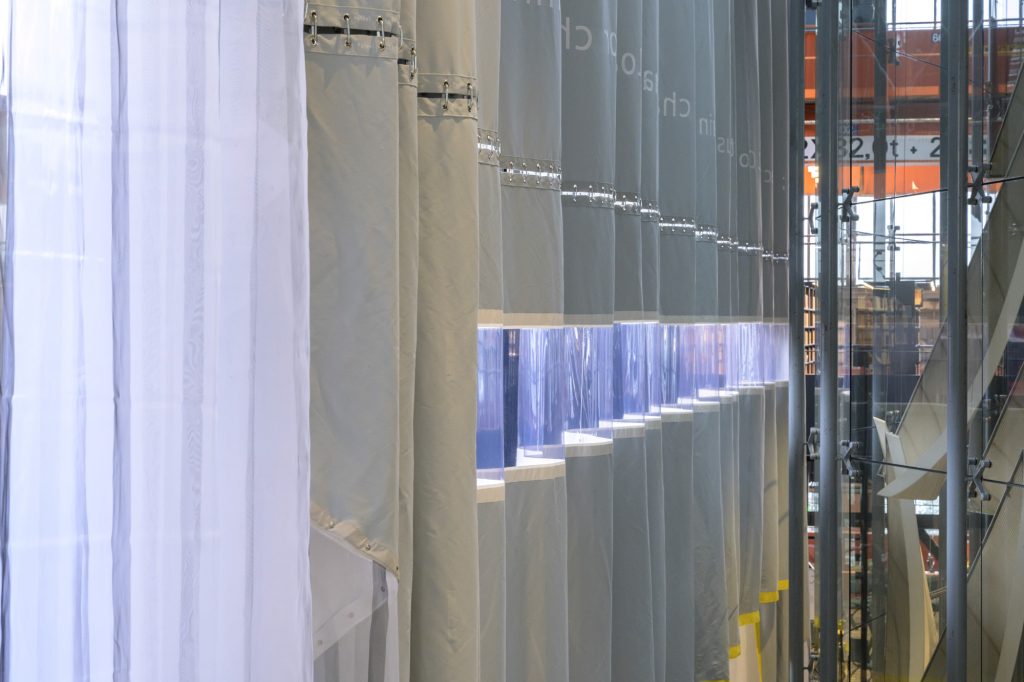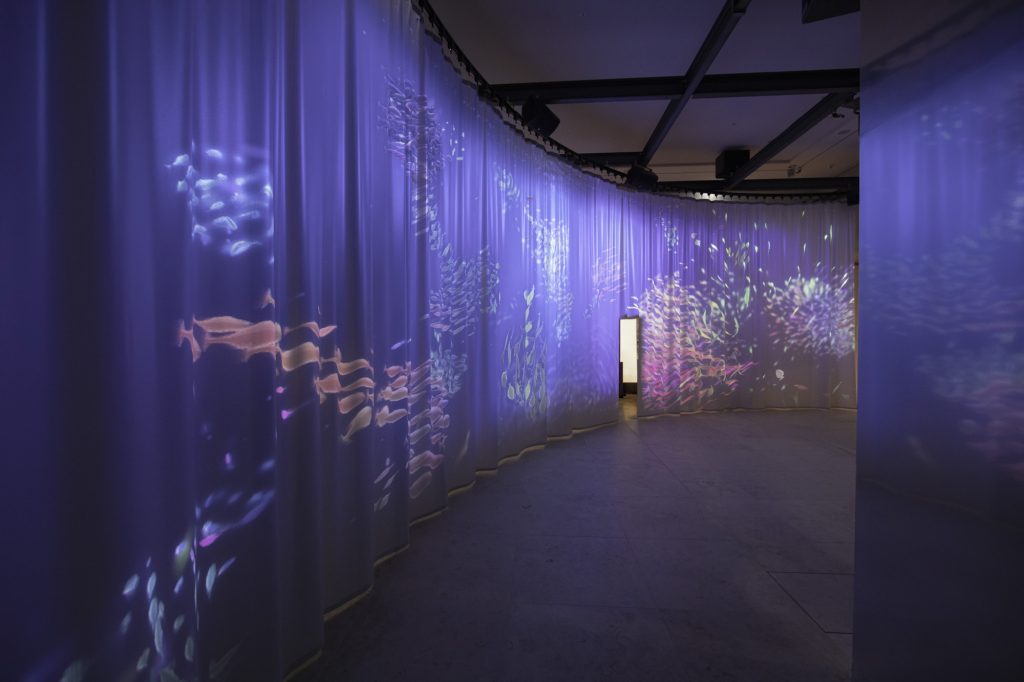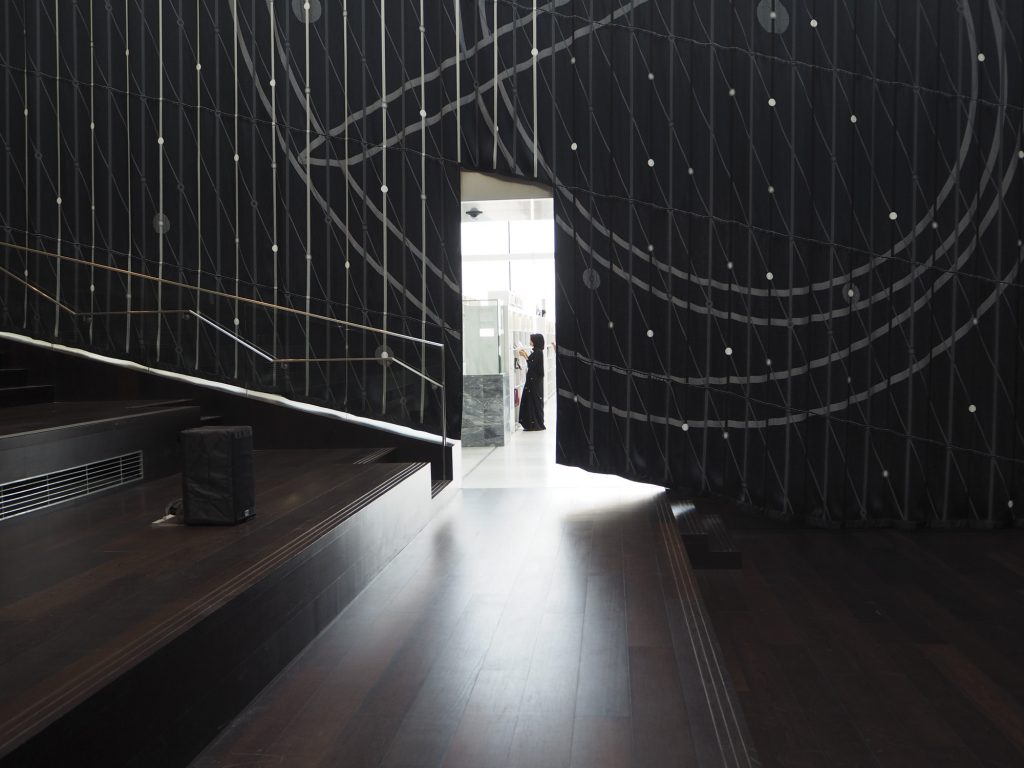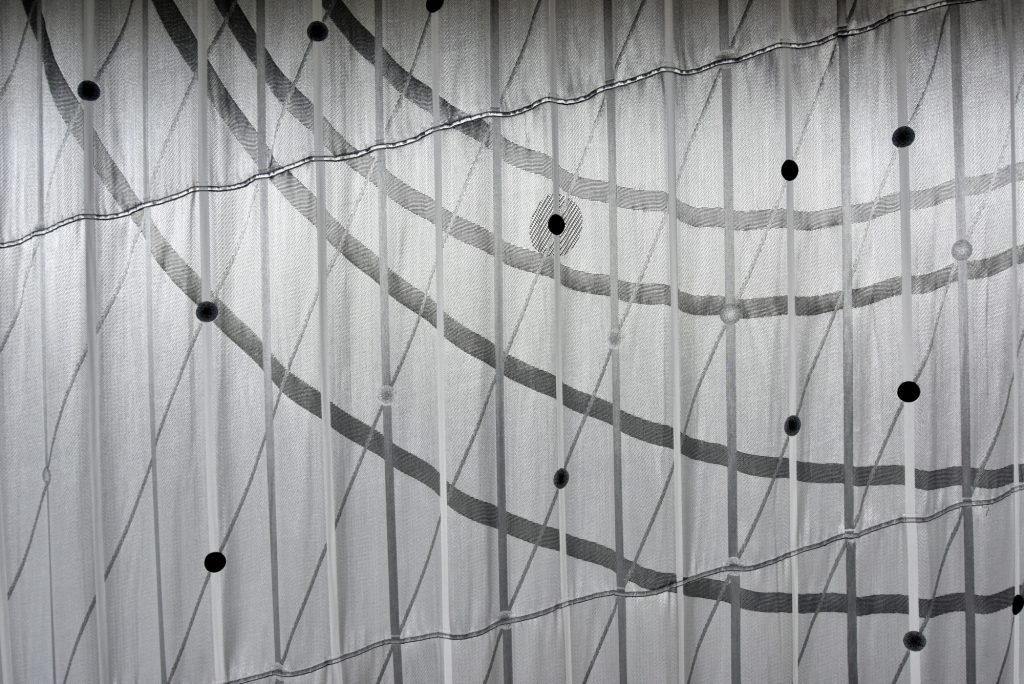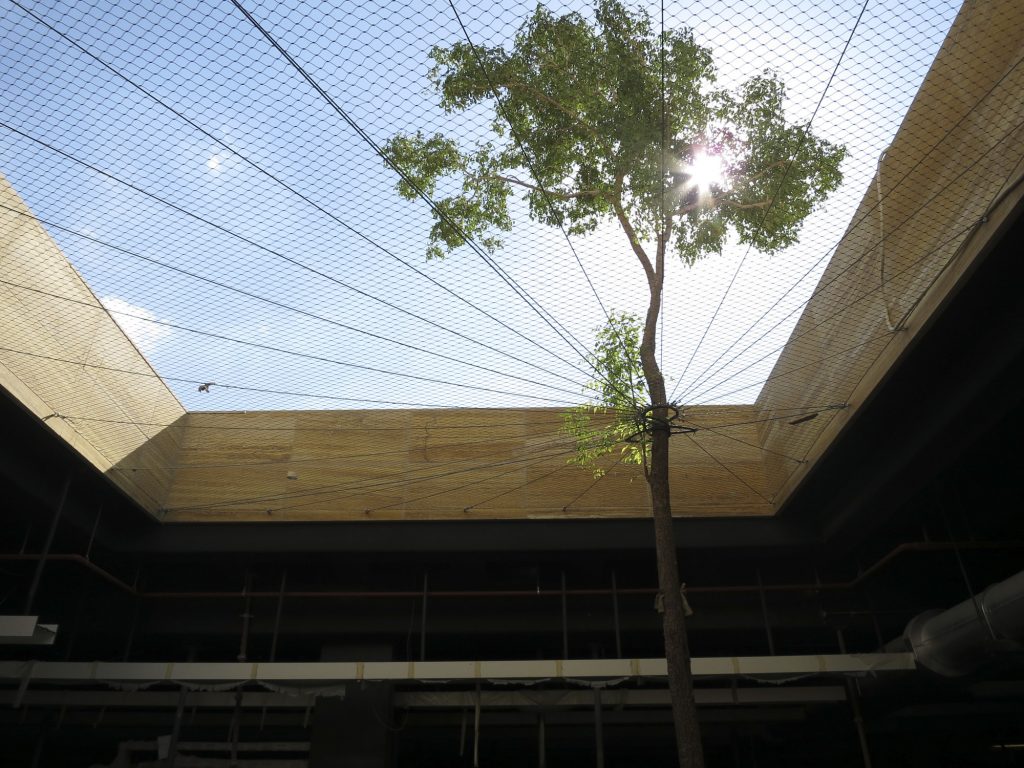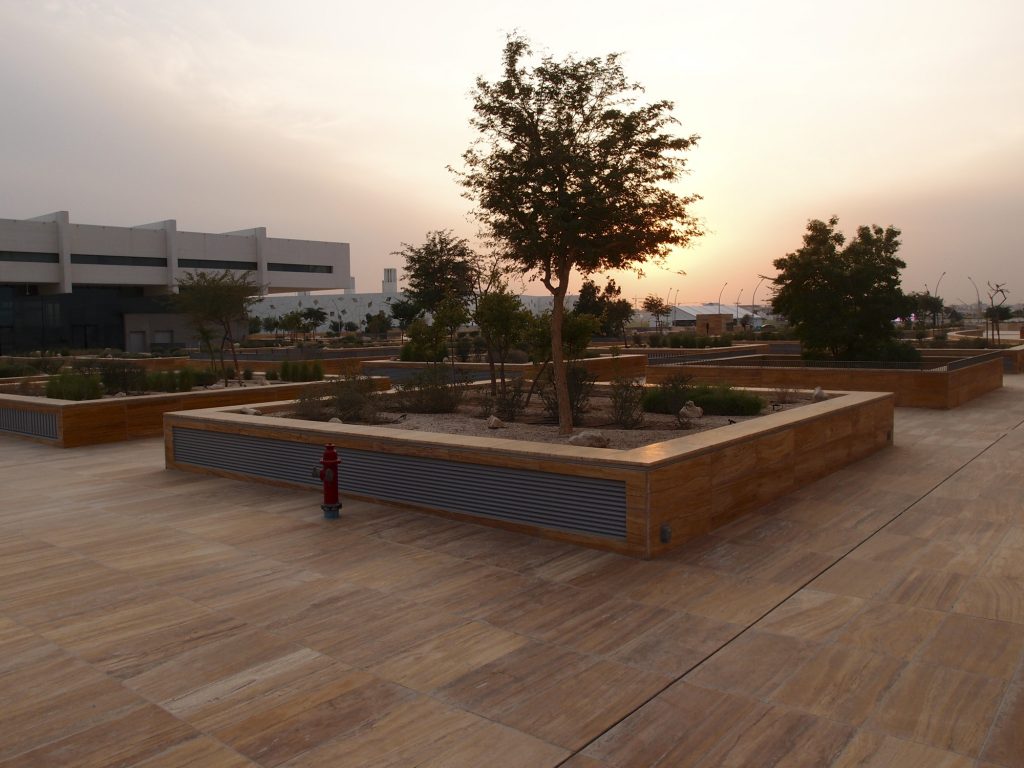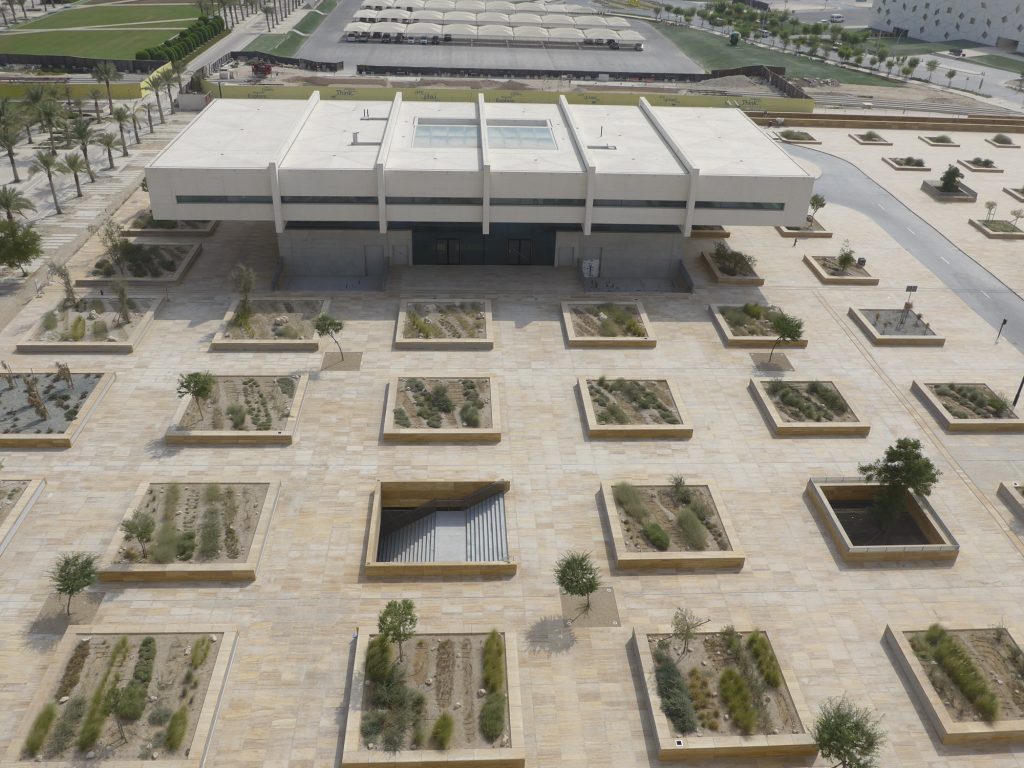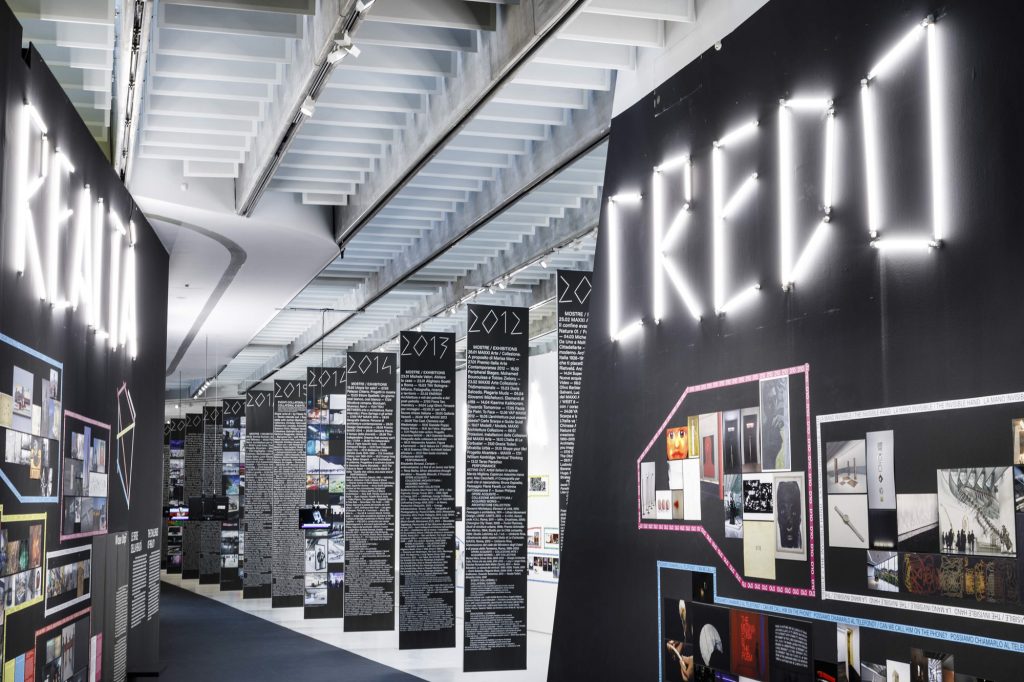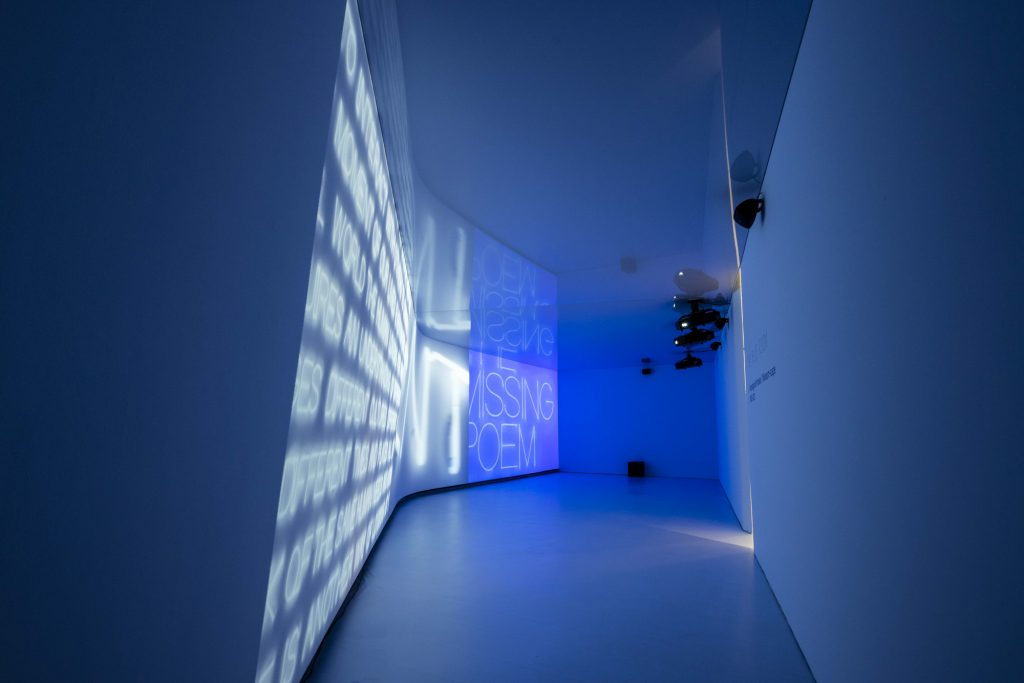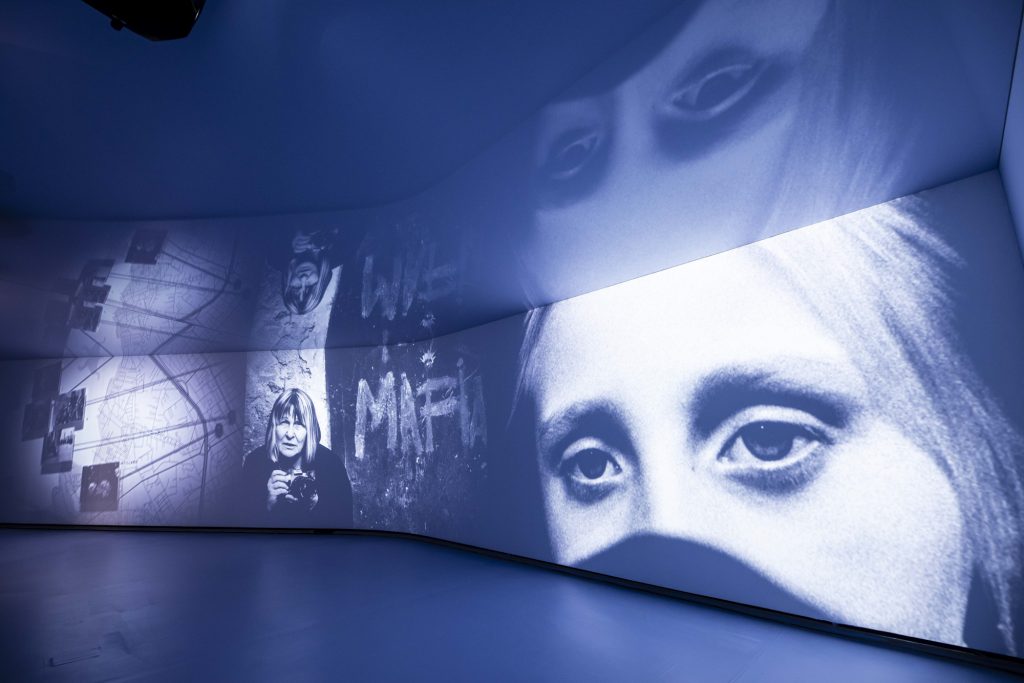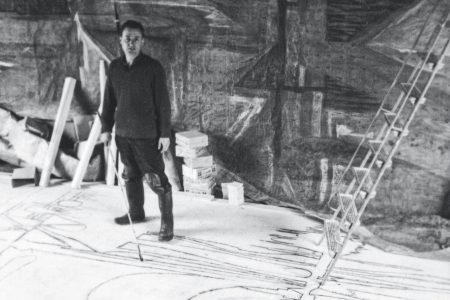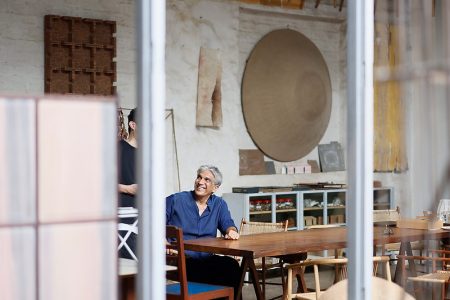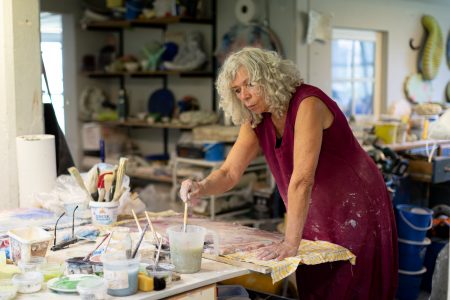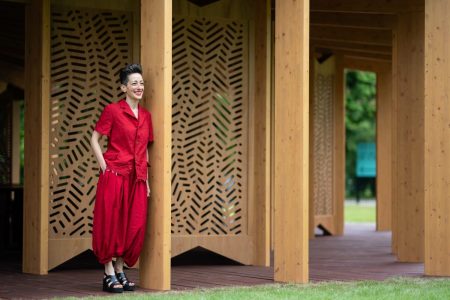Petra Blaisse: Spatial Choreography
Inside Outside creates environments across the fields of interior design, exhibition design, and landscape architecture. TLmag speaks with founder Petra Blaisse about her approach to crafting different worlds.
As the name succinctly suggests, Inside Outside creates environments across the fields of interior design, exhibition design, and landscape architecture. Founded by Petra Blaisse in 1991, the studio has cultivated a startling variety and breadth of projects across the world, including the National Library in Qatar, the MAXXI Museum in Italy, and the Sahara Gateway Park in Libya. With a focus on flexible spatial elements using layers, textures, patterns, and technical materials, Inside Outside forms textiles into architectural features in and of themselves. This metamorphic approach to space allows for intentional, fluid, and site-specific experiences. TLmag speaks with Blaisse about her approach to crafting such worlds.
TLmag: What is your perspective on the relationship between architecture and textiles, and how do you situate Inside Outside’s practice within that?
Petra Blaisse (PB): We started by designing stage curtains for theatre, and we discovered that there’s a possibility to use curtains as a flexible form of architecture. With curtains you can create spaces separate from the architectural form, and let them appear and disappear. You can create rooms, or divisions, or influence the itinerary of the users. It can also solve a lot of technical issues by improving the acoustics or climate, and with colour, texture, and tactility you also influence the atmosphere and the experience of a space. I think it’s always a collaboration, not only between architecture and textile, but between the whole concept of an interior: how space is used, who’s using it, how often, where, when, and in what culture. It’s always a player in a larger scenography. That scenography in turn is part of influencing movement and space, and is also the same in designing landscapes. Traditionally a landscape has a structure of paths, with which you organise how the visitor or viewer experiences it. In that sense you’re a choreographer. You organise specific views. With our interiors, we consider structural elements – floors, ceilings, walls and windows – and how to create interior openings for such views. We are also involved in the finishes; how walls, floors, ceilings are coloured, or covered in specific materials to influence acoustics or hide certain infrastructural elements. It’s not only decoration: it always has a technical aspect. The same goes for applied arts and exhibitions. I view them as a kind of landscape experience, in which each space could be totally different from the previous. The sequence is very important; how you move through these rooms. The nice thing about exhibitions is that they are temporary, so it’s more like theatre. You show objects, architecture, or design, and you create a world around them to give them special narrative or meaning. You work with the same kind of tools; light, sound, colour. There is a lot of joy in creating these worlds and environments, and whether they’re inside or outside doesn’t really matter.
TLmag: How do you approach a project?
PB: It depends on a lot of things, and the considerations are more practical than romantic. It depends on how much time we have, and what kind of team we have. In this profession you need to accept a lot of different conditions. If we win a project bid or competition, then we have no choice; we get a contract, and we’re going to do it. That’s actually part of the sport – making the best of it and seeking quality in everything that we do, like in life itself. Often we’re working with people we’ve never met before, and we have to get to know each other and work under the given circumstances. I also like to do exhibition designs, because it’s a relief to have less complicated, short-term projects. It’s a much faster and more ping-pong-like creative process. It’s wonderful to engage with this way of working because many of our projects take years to complete.
TLmag: Does your process change according to the scale you are working on and the environment you are working with? What kind of things do you need to take into account?
PB: We take into account the obvious things: culture, language, tradition, religion. It’s a learning spree with every different culture, and so much of it is about communication. If you go to another place with a different culture, you need to learn the sense of humour, and the language with which you can understand each other: is it by literal communication, or is it more abstract? What we do is applied art, and we need to convince not only the architects we work with, but also the client. So if we’re working in Qatar, or China, or America, even your choice of materials, or colour, or the way you represent your ideas depend upon this sensibility. It helps to be humble, tolerant, and polite. I find it fascinating to move around the world and work in this way.
TLmag: How do you balance the technical requirements of a project with the aesthetic?
PB: That’s the secret, and it’s different each time. It’s always a puzzle between contradictory requirements or wishes, because we work in between a lot of other players: the architects, the client, the users, the public, the technicians, and the engineers. Of course, there’s also a budget requirement or limit. It’s a secret in the sense that this is of course the quality that we have acquired through doing so many projects. Each time I feel like a beginner because each situation is different.
TLmag: Has the way you view textile changed or evolved over time?
PB: Yes, definitely. I wouldn’t be able to describe it, because it’s like growing up. We work with a very physical understanding of materials, and in the design world, techniques change: the way thread or yarn is produced changes, the way people view architecture changes, so it definitely shifts. Looking back, I’m not convinced that everything the team and I did was fantastic – you need to be able to look at your work critically and try to improve. More recently, connecting to the environment and being more sustainable is urgent. Because my team and I are interested in nature, we are very aware that we need to be careful, and to treat the earth and each other with care. We’re doing more scientific research into things like how to treat and analyse the soil, and how to improve conditions outside. In textiles we’re considering how we can reuse materials, work with cradle-to-cradle methods, or with yarns that are hopefully made in a sustainable way. It’s very difficult to know what materials are the most sustainable. The best option is to reuse things, so we’re researching how we can be more conscious of that.
All images courtesy of Inside Outside.
